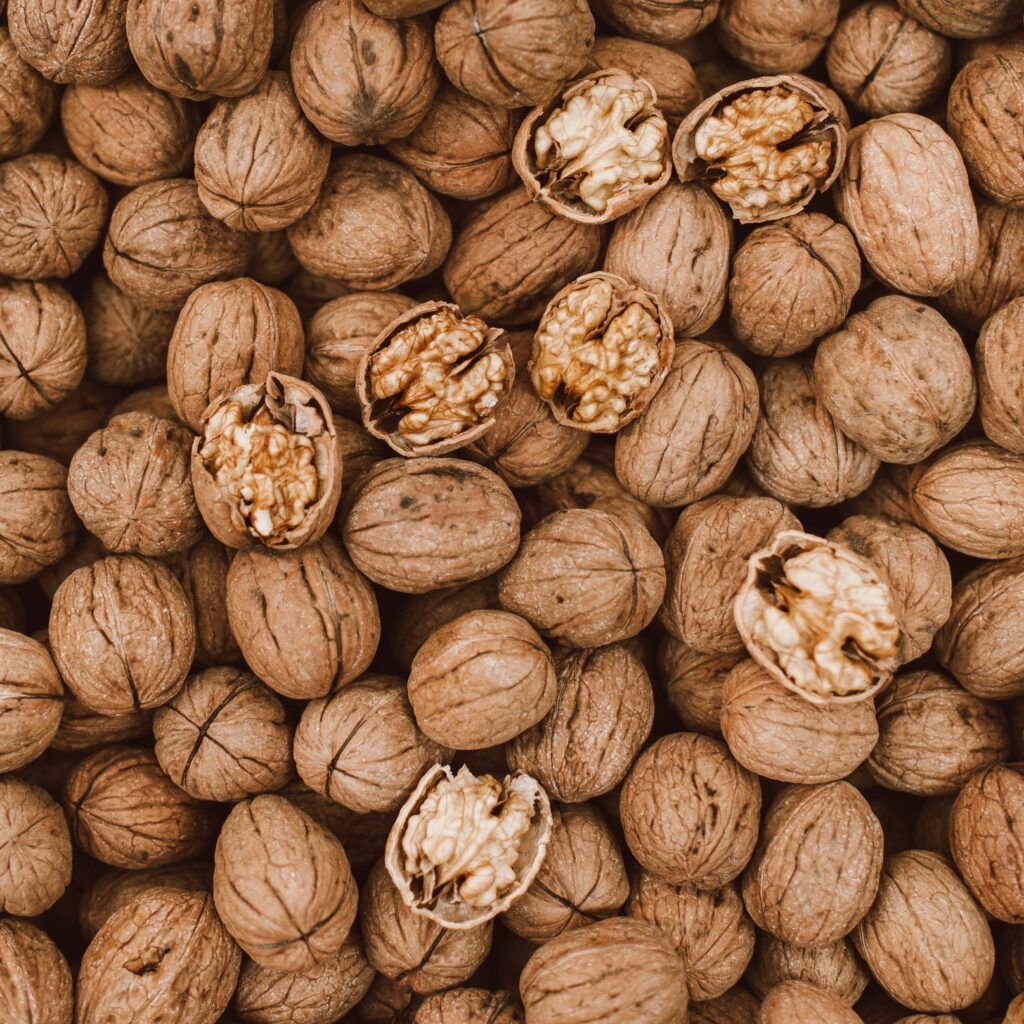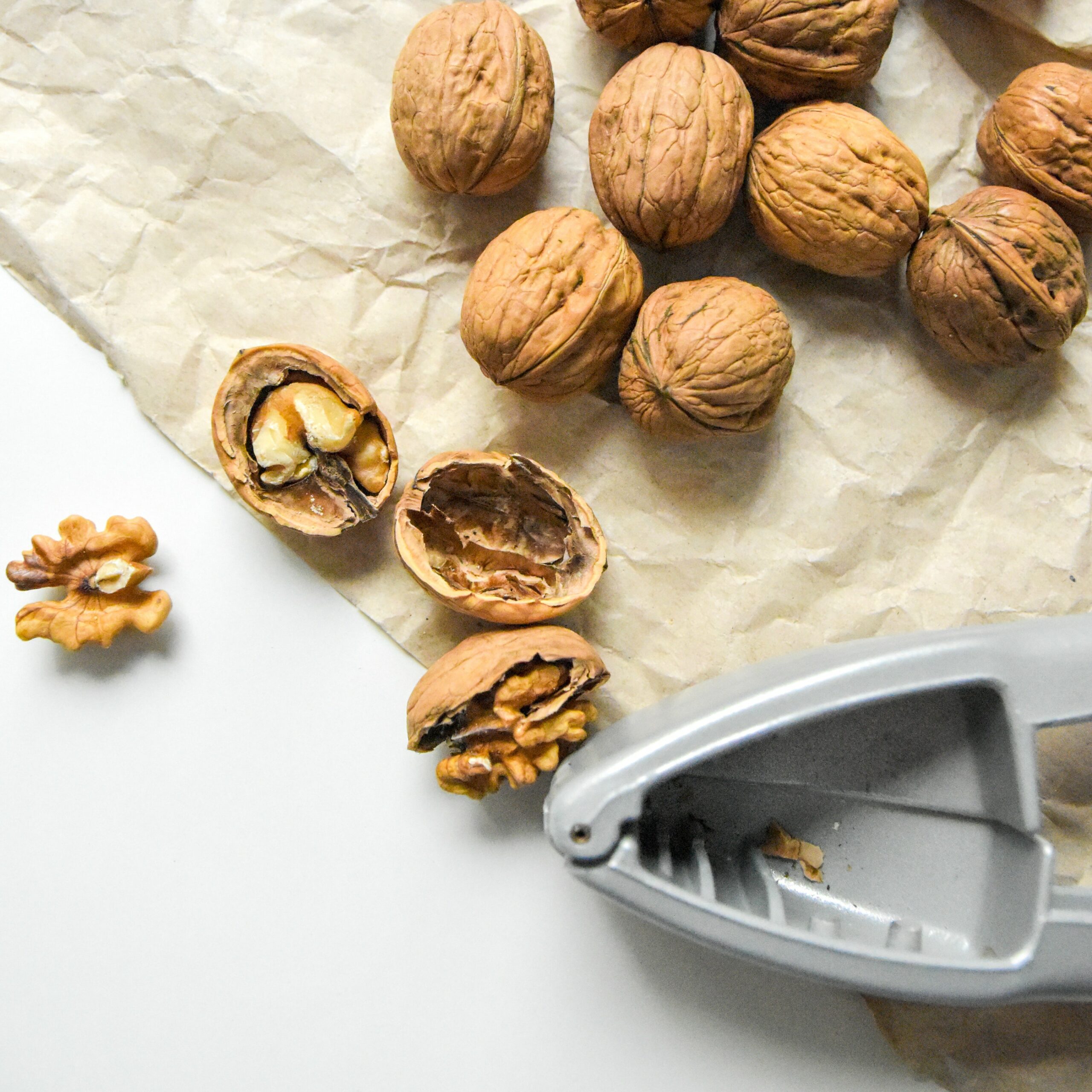Table of Contents
Are walnuts gluten free?
Are walnuts gluten free? Yes, walnuts are naturally gluten-free. Gluten is a protein found in grains such as wheat, barley, and rye, and it is not present in nuts like walnuts. Therefore, walnuts can be safely eaten by people with celiac disease or a gluten intolerance.
However, it is always a good idea to check the label of any processed foods or products that may have come into contact with gluten during production or packaging, as these may contain trace amounts of gluten. For example, some types of nut mixes or nut-flavored products may be made with ingredients that contain gluten or may be processed on equipment that also processes wheat-containing products, which could potentially lead to cross-contamination. If you are sensitive to gluten or have celiac disease, you may want to choose walnut products that are labeled as “gluten-free” to ensure that they have been made with gluten-free ingredients and processed in a facility that follows strict gluten-free protocols.
Here are three sources that confirm that walnuts are naturally gluten-free:
- The Celiac Disease Foundation (https://celiac.org/gluten-free-living/gluten-free-foods/) states that nuts are naturally gluten-free and can be safely eaten by people with celiac disease or a gluten intolerance.
- The Mayo Clinic (https://www.mayoclinic.org/healthy-lifestyle/nutrition-and-healthy-eating/in-depth/gluten-free-diet/art-20048530) also lists walnuts as a naturally gluten-free food that can be included in a gluten-free diet.
- The Academy of Nutrition and Dietetics (https://www.eatright.org/health/health-conditions/celiac-disease/the-gluten-free-diet-building-the-grocery-list) includes nuts on its list of naturally gluten-free foods.

Do walnuts contain any food allergens?
Walnuts are considered a tree nut and are one of the major food allergens. According to the World Health Organization (WHO), the major food allergens are peanuts, tree nuts, milk, eggs, fish, crustacean shellfish, soy, and wheat. Tree nuts, including walnuts, can cause an allergic reaction in some people.
If you have a tree nut allergy, it is important to avoid walnuts and other tree nuts. It is also a good idea to check the label of any processed foods or products that may contain walnuts or may have come into contact with walnuts during production or packaging, as these may contain trace amounts of tree nuts and could potentially cause an allergic reaction. If you have a food allergy, it is important to carefully read the ingredient list and any allergen statements on food labels to ensure that the product is safe for you to eat.
Can walnuts upset my stomach?
In general, walnuts are generally well-tolerated and do not typically cause digestive problems. Walnuts are a good source of healthy fats, protein, and fiber, which can help to promote overall digestive health. However, like any food, it is possible that eating walnuts could cause digestive symptoms in some people.
Here are a few reasons why walnuts might cause an upset stomach:
- Eating too many walnuts at once: Eating a large amount of any food in a short period of time can cause digestive symptoms such as bloating or gas.
- Eating walnuts on an empty stomach: Eating any food on an empty stomach can cause digestive symptoms such as nausea or bloating.
- Individual sensitivities: Some people may have individual sensitivities or intolerances to walnuts, which could cause digestive symptoms.
If you experience stomach upset after eating walnuts, you may want to try eating smaller amounts of walnuts at a time, or eating walnuts with other foods to see if that helps. If you continue to experience digestive symptoms after eating walnuts, it is a good idea to speak with your healthcare provider to determine the cause.
What are some good ways to use walnuts in gluten free cooking?
Walnuts are a tasty and nutritious ingredient in gluten-free cooking and baking. Here are a few ideas for using walnuts in gluten-free recipes:
- Baked goods: Add chopped walnuts to gluten-free muffins, bread, or cookies for added flavor and crunch.
- Salad: Top your salads with a sprinkle of walnuts for a crunchy texture and a boost of protein and healthy fats.
- Granola: Make your own gluten-free granola using oats, honey, and a variety of nuts, including walnuts.
- Snacks: Enjoy a handful of walnuts as a healthy snack on their own or mix them with dried fruit for a sweet and savory treat.
- Pesto: Make a tasty gluten-free pesto using walnuts, basil, and other ingredients.
Remember to check the labels of any other ingredients you use to make sure they are also gluten-free.
